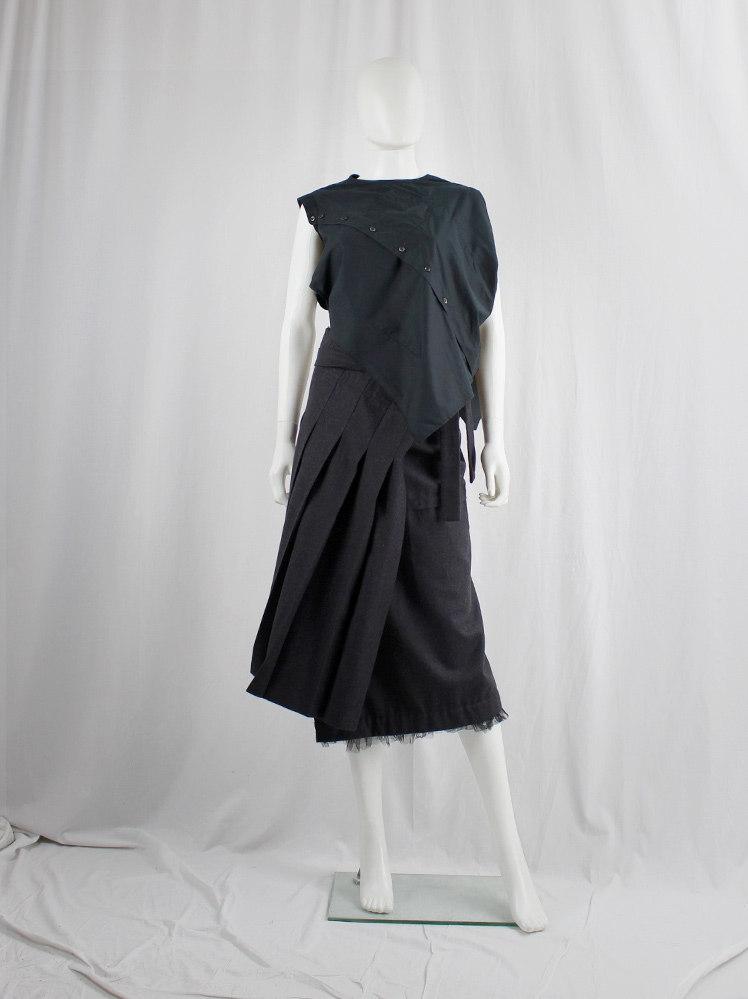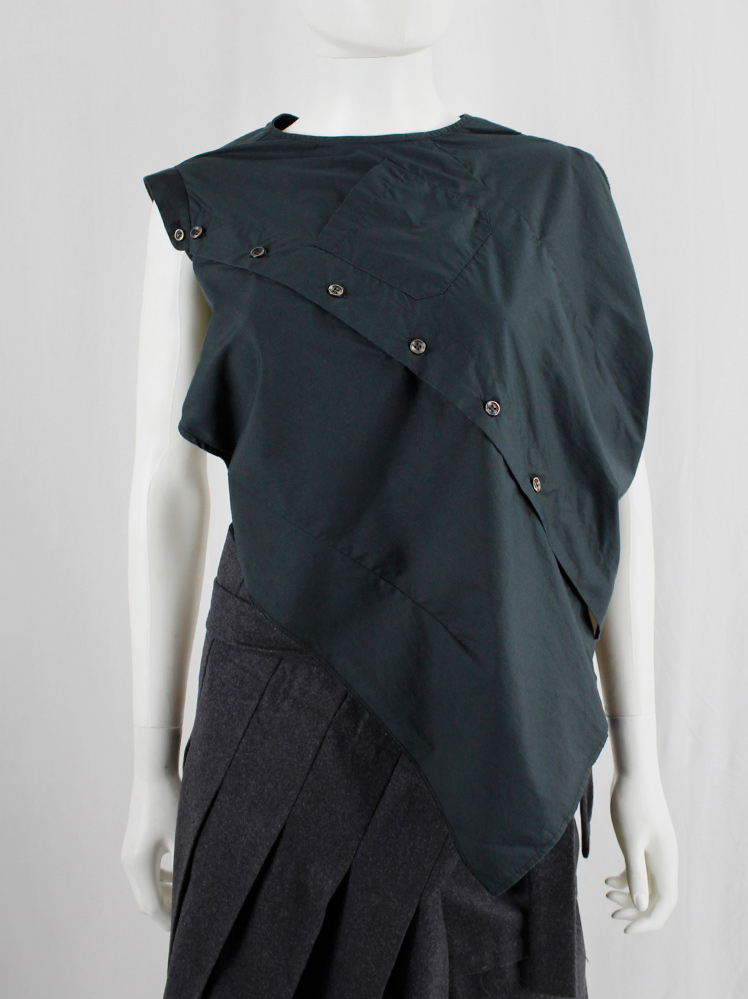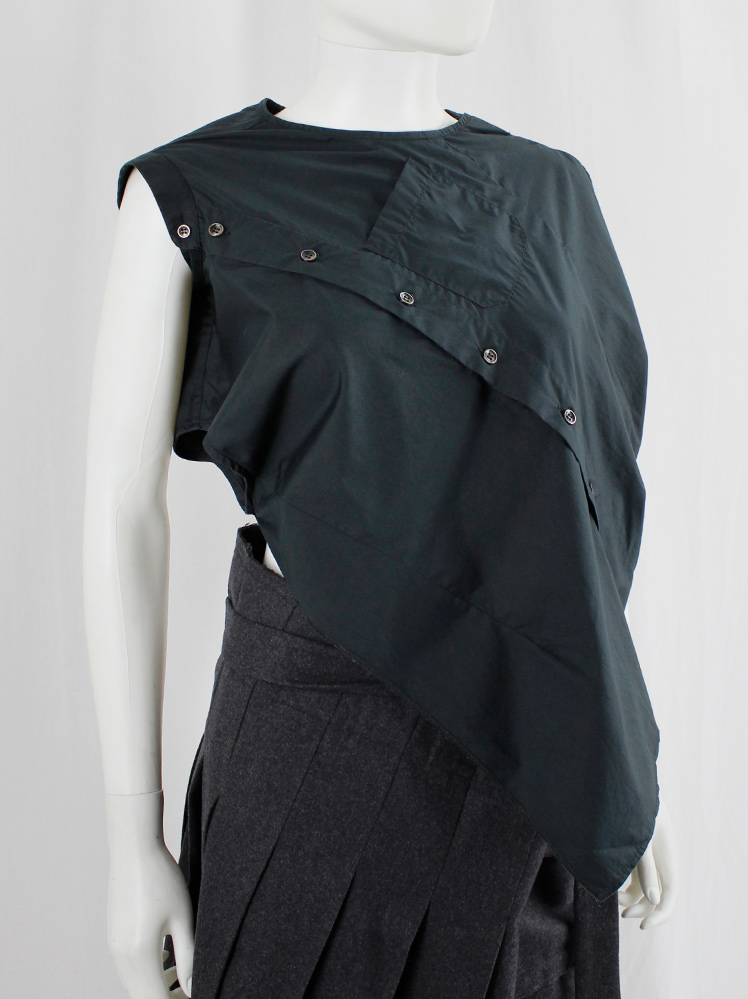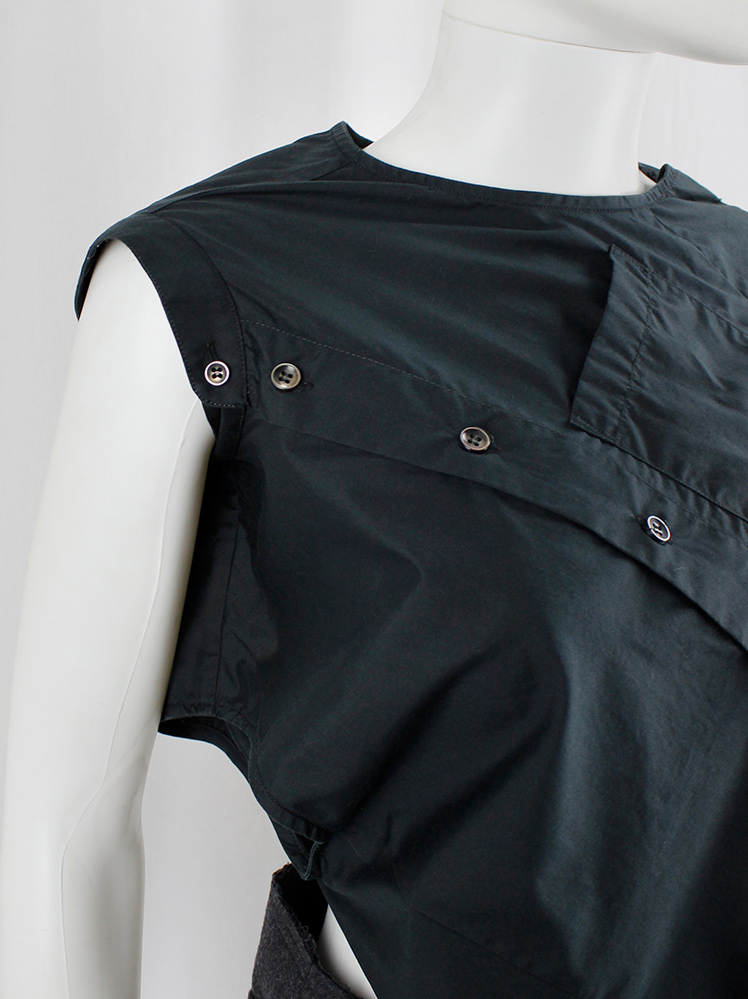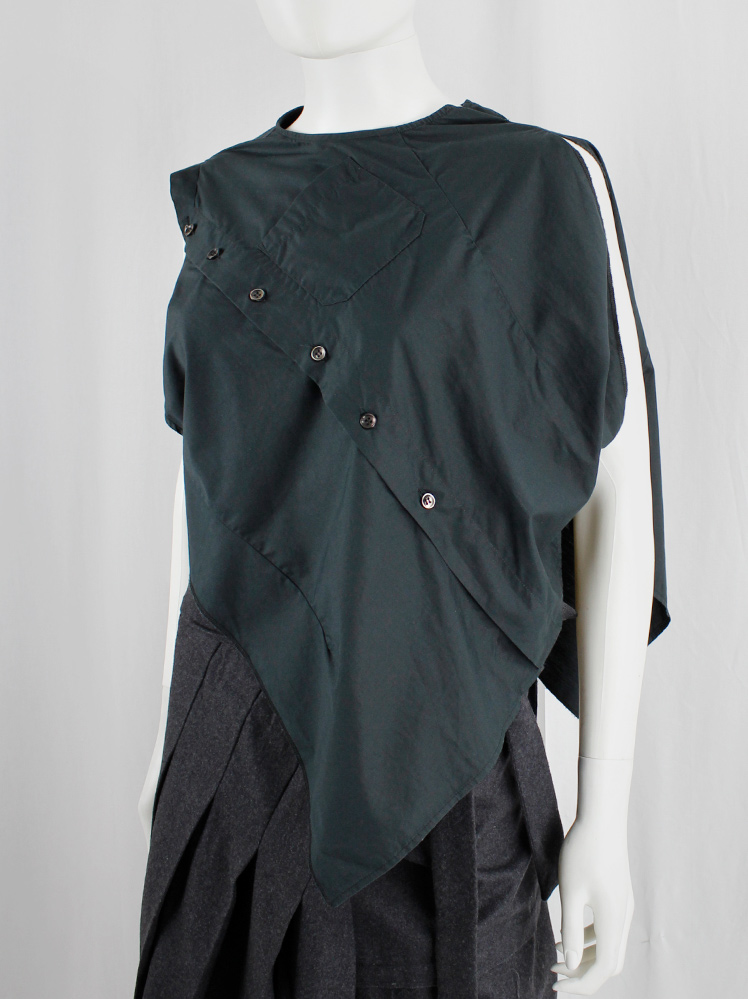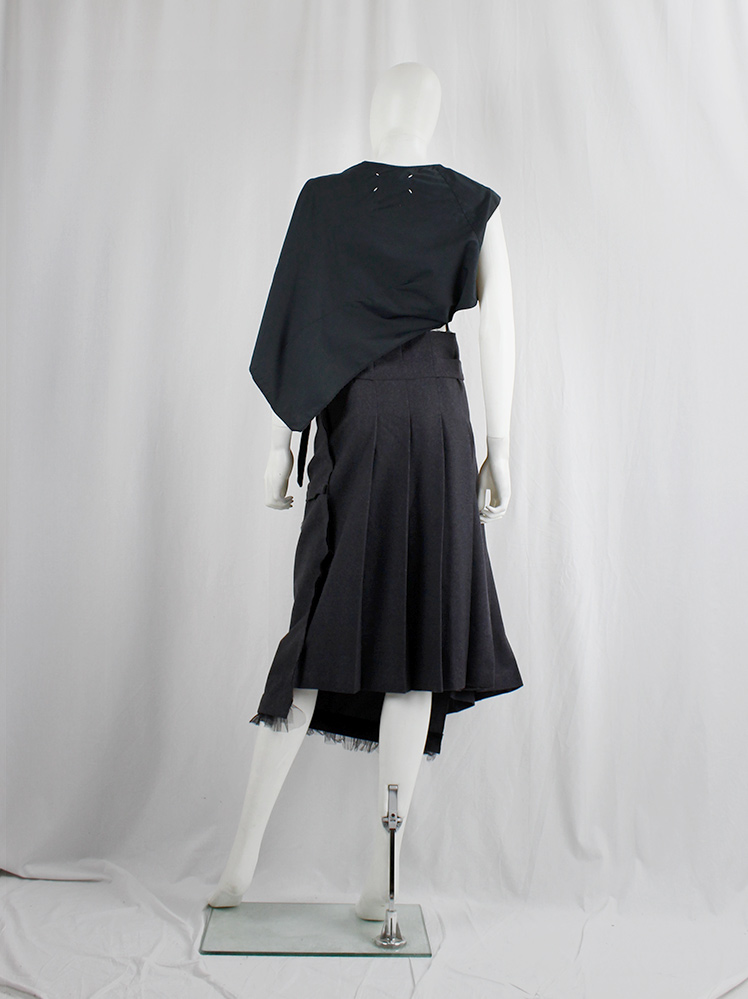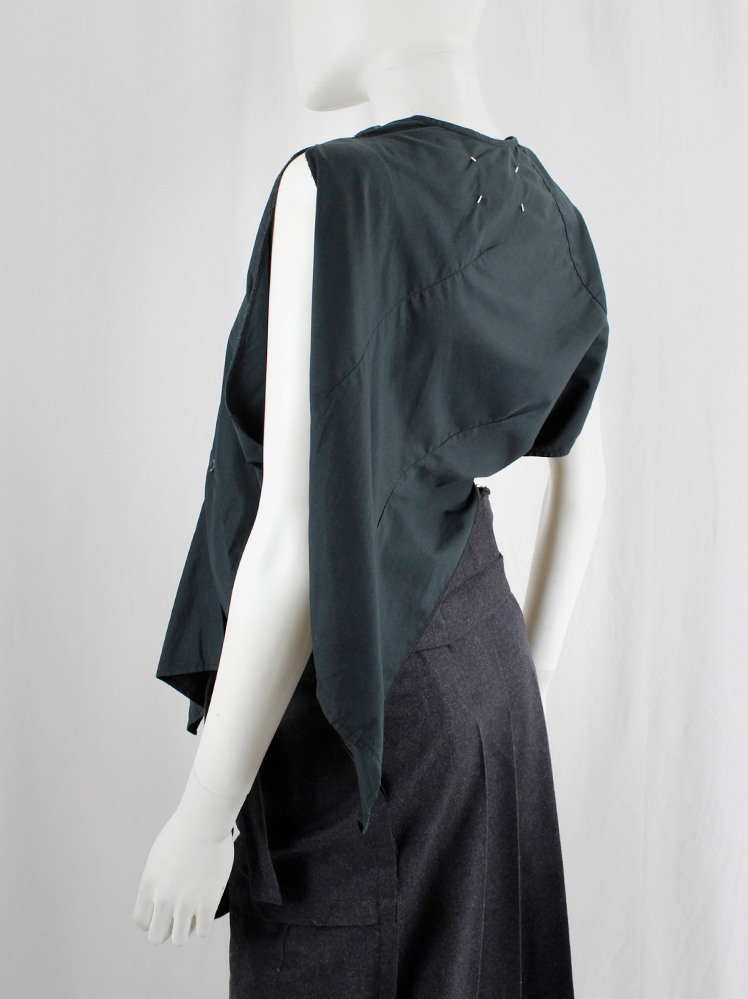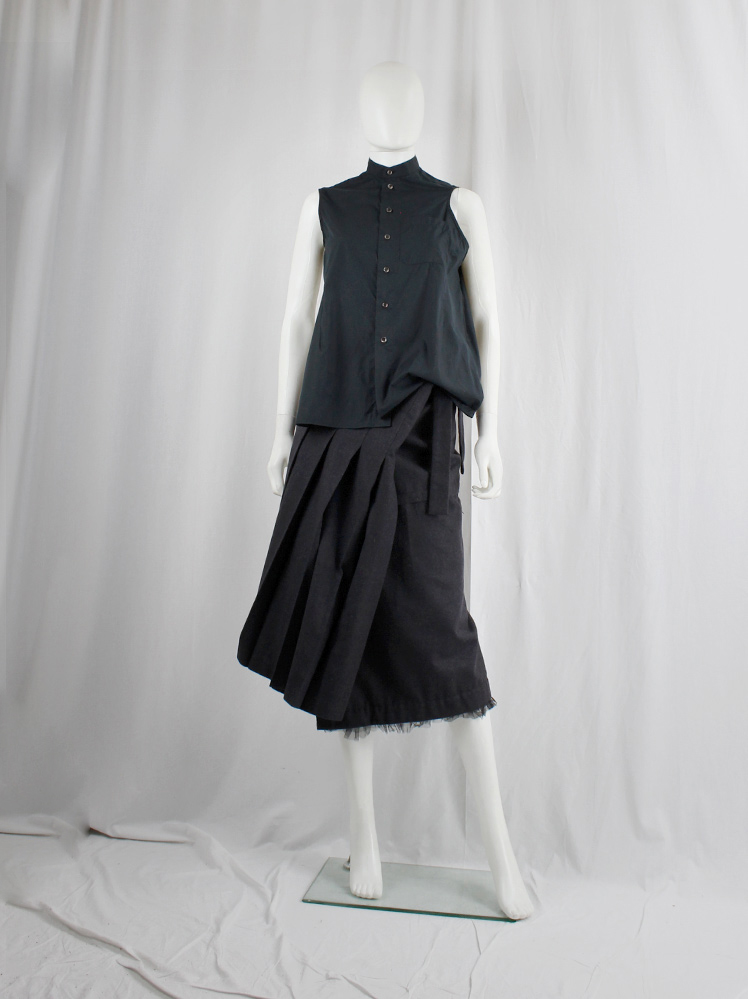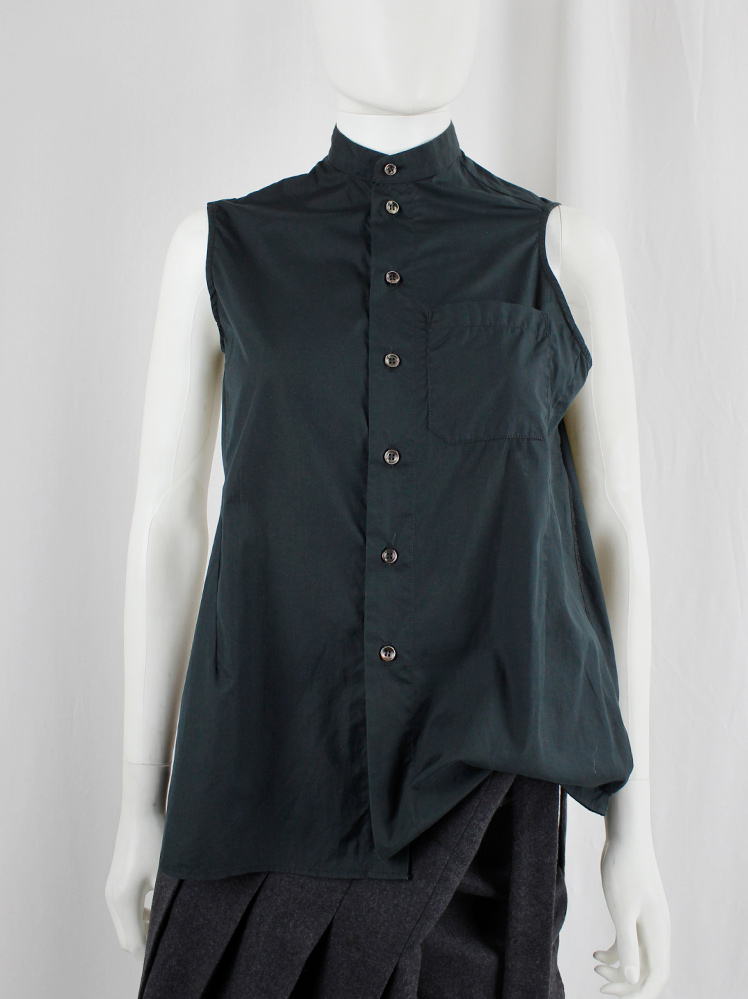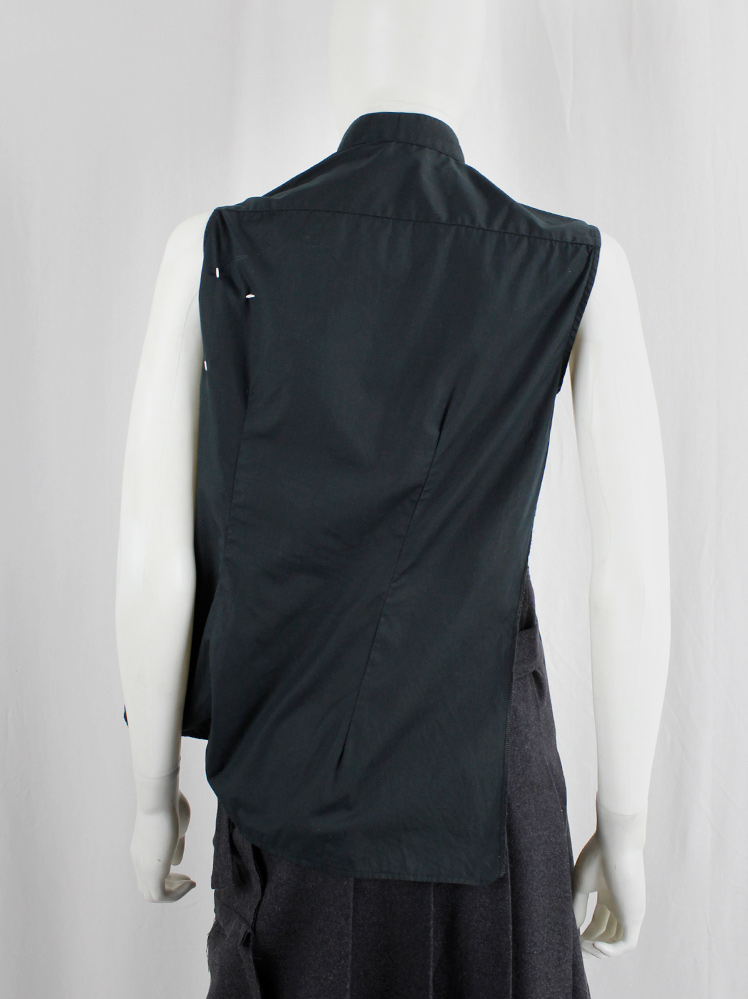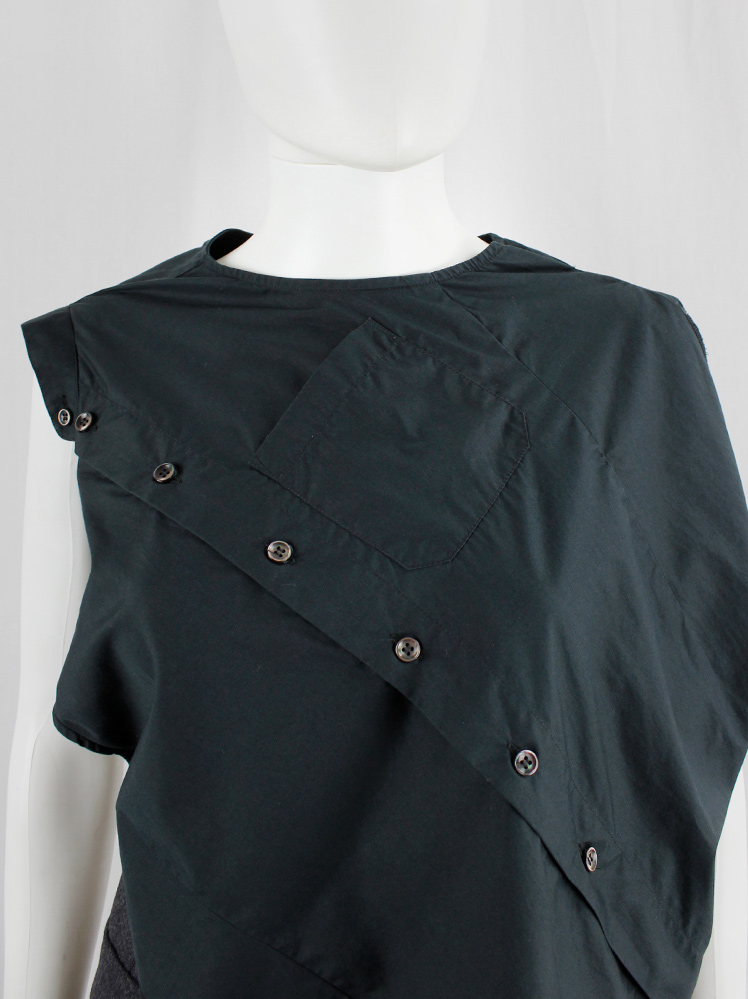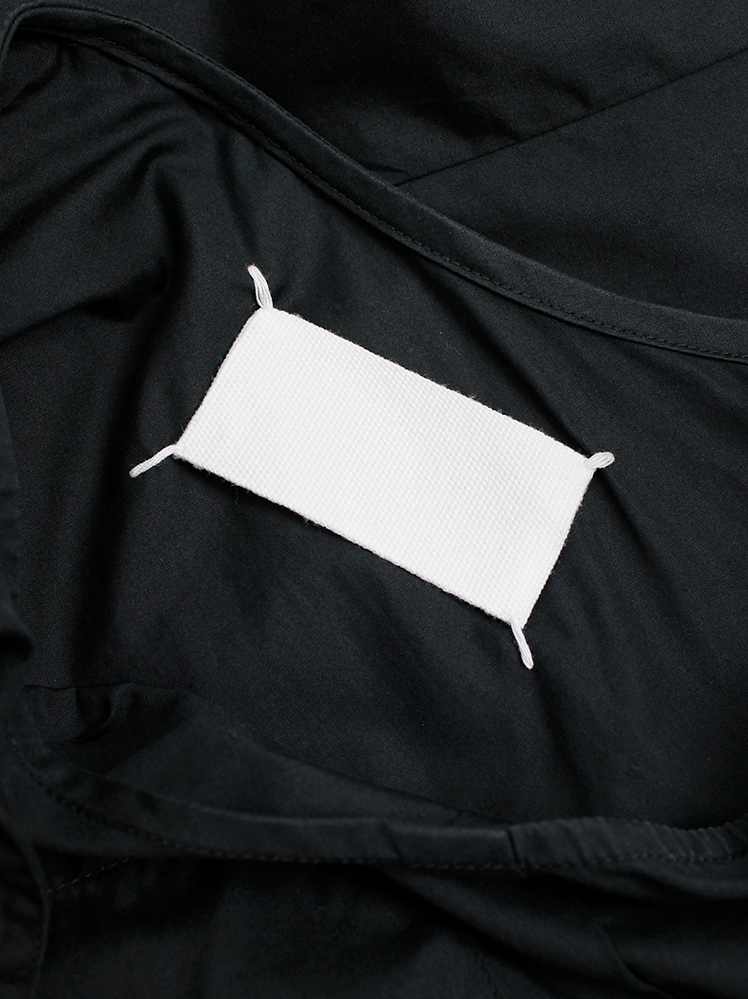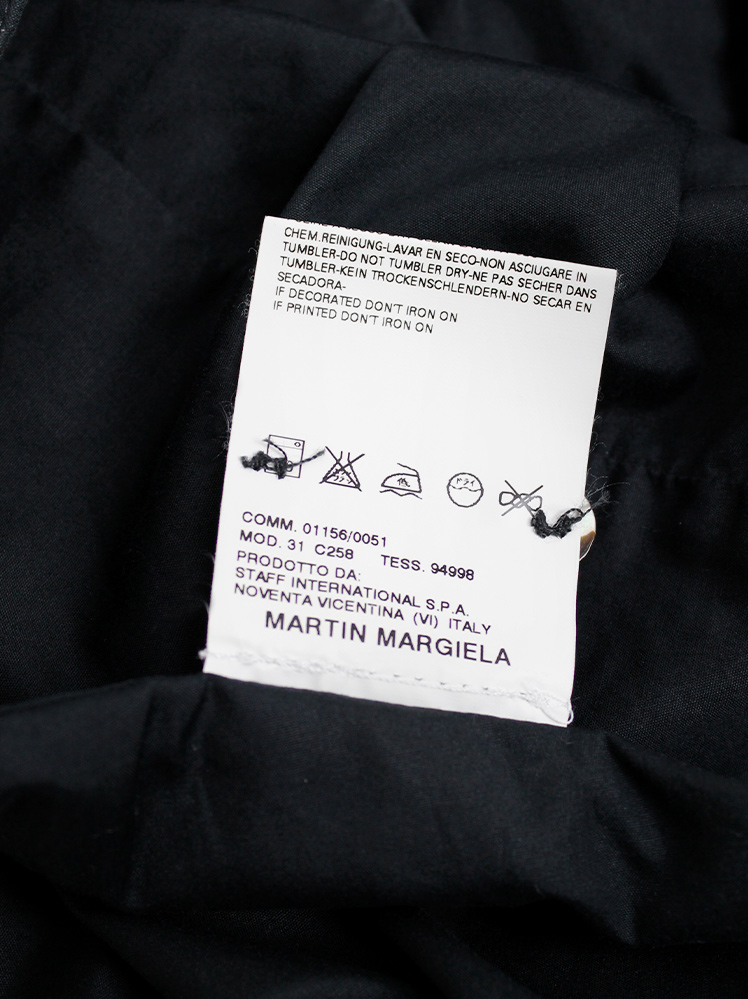Description
Similar items
-
Maison Martin Margiela brown inside out jumper draped on the front of the body — spring 2003
-
Ann Demeulemeester Blanche black shirt with drawstring neckline and double belt buckle strap — spring 2002 re-edition
-
Maison Martin Margiela dark green top with silver chain in the black silk hem — spring 1999
-
Junya Watanabe white shirt dress with accordeon pleated bodice and separate belt — spring 2020
-
Maison Martin Margiela black midi skirt lifted up on one side — spring 2003
-
Maison Martin Margiela brown trousers with chopped spiral hem — fall 2009
-
Maison Martin Margiela camel suede heelless cowboy boots with hidden wedge (37) — spring 2000
-
Maison Martin Margiela grey midi-skirt with displaced front and back — fall 2012
About Maison Martin Margiela
Martin Margiela is a Belgian designer, graduating from the Royal Academy of fine arts in Antwerp.He is often mistaken as one of the ‘Antwerp Six’.
At the time when Ann Demeulemeester,Walter van Beirendonck, Dries Van Noten, Dirk Van Saene, Dirk Bikkembergs and Marina Yee were showcasing in London, Margiela was already working for Jean Paul Gaultier.
Martin Margiela stayed away from the public eye, remaining backstage after his shows and only allowing press to contact hem via fax.
Maison Martin Margiela’s discreet brand label consists of a blank piece of cloth or with the numbers 0-23. The trademark is attached with four small, white stitches, visible on the outside on unlined garments. The concept behind this was so the tag could be cut out, making the garment anonymous like it’s creator.
Margiela’s work is highly conceptual; a large piece of his repertoire is playing with conventions and recycling. Influenced by Rei Kawakubo, he works with deconstructed garments and frayed edges, nevertheless are his garments perfectly tailored. A lot of his work also includes trompe-l’oeil, a reference to René Magritte.
Martin Margiela was appointed as a Guest member of the Chambre Syndicale de la Haute Couture in 2010. His work is more often talked about as ‘art’ rather than fashion. His most iconic piece is his tabi boot, Margiela’s interpretation of Japanese split-toe tabi socks.
















